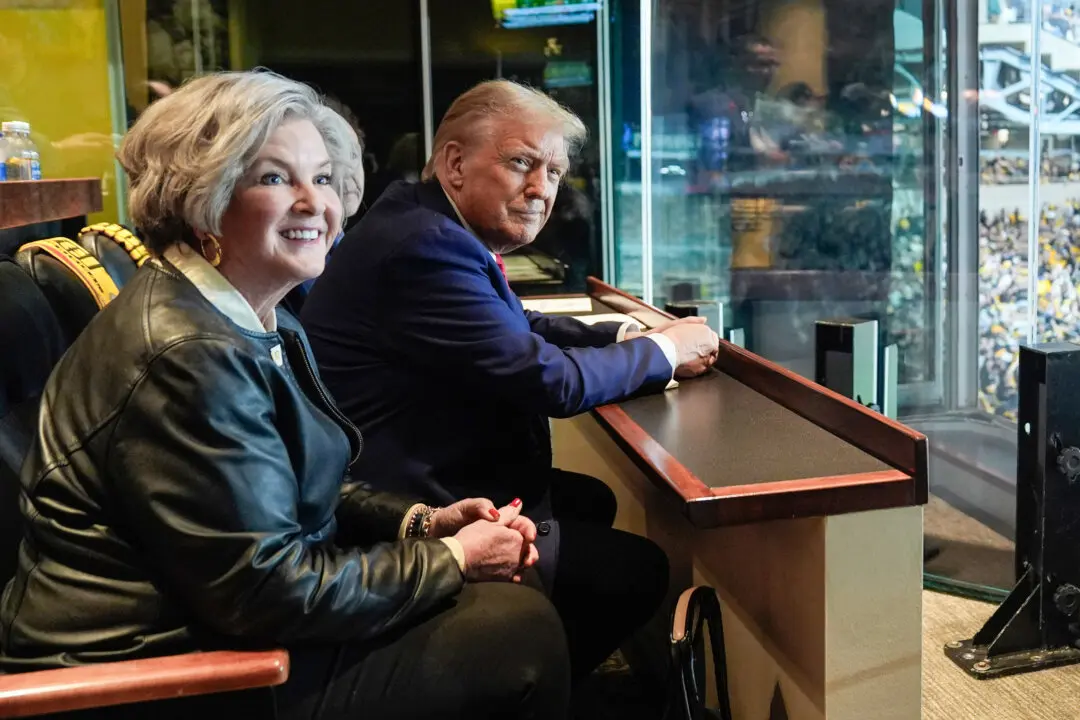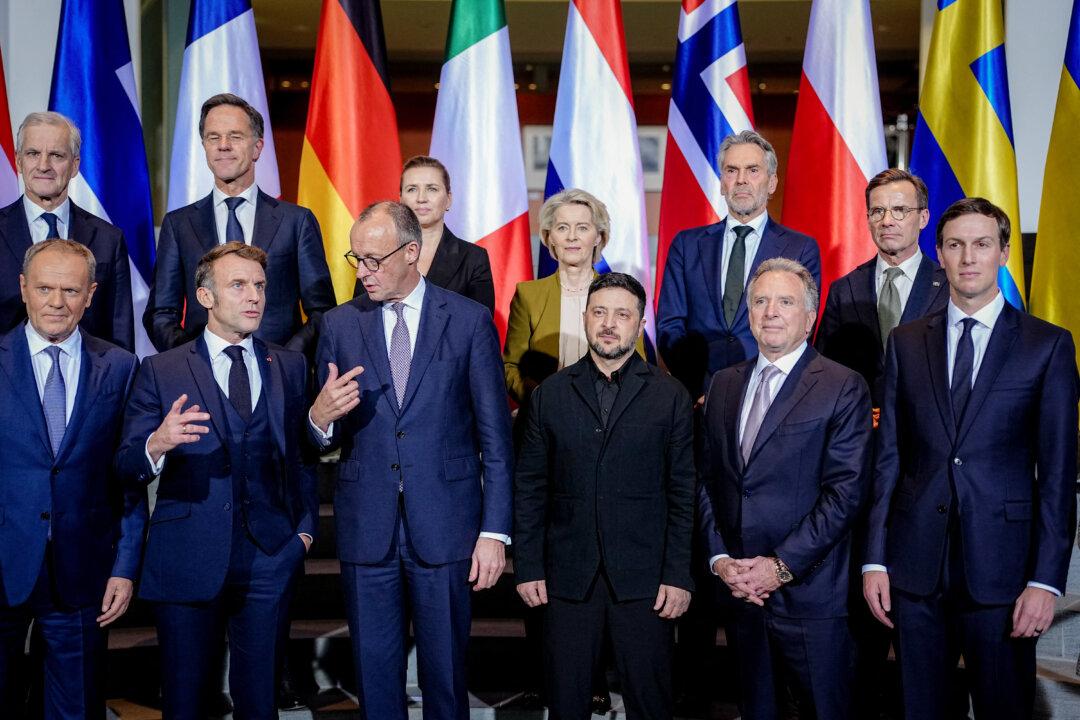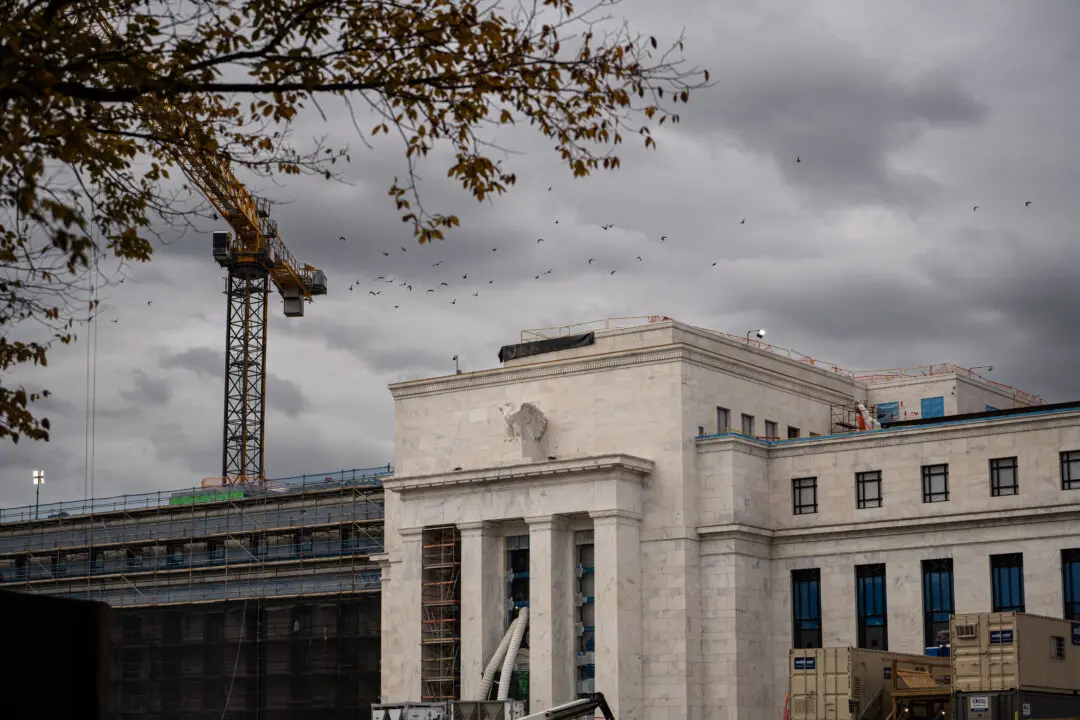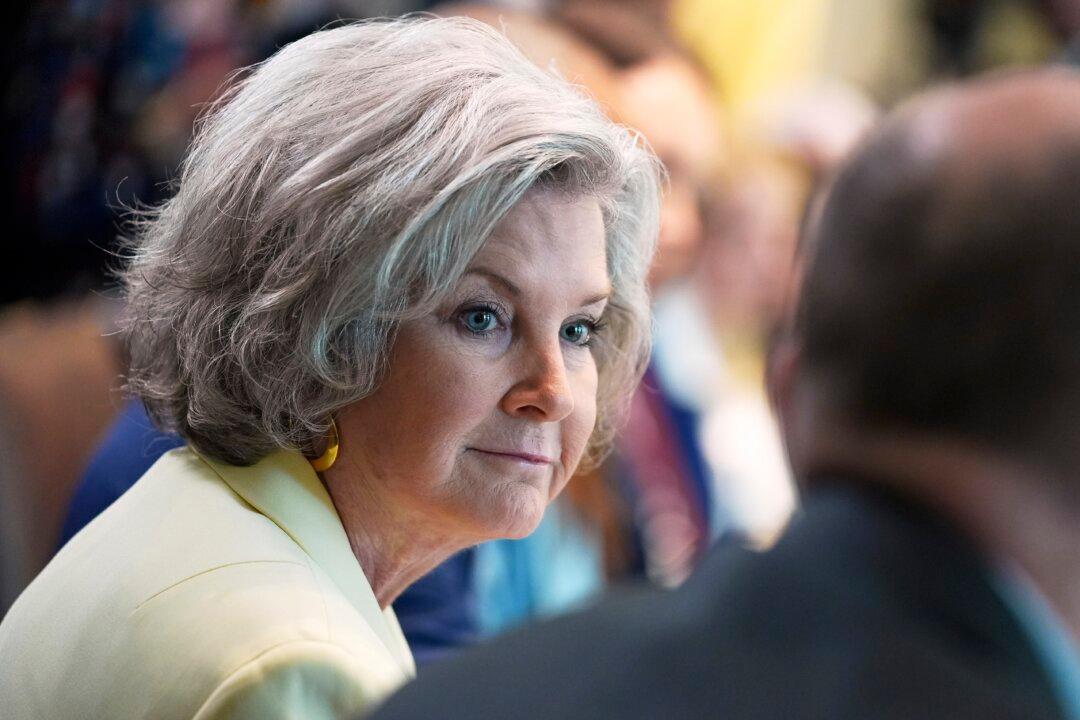WASHINGTON—The Federal Reserve announced on March 17 that it would keep U.S. interest rates near zero as the pandemic continues to pose “considerable risks” to the economy. The central bank, however, made a significant upgrade to its forecasts to reflect the acceleration of economic recovery after the $1.9 trillion COVID-19 relief package.
“Following a moderation in the pace of the recovery, indicators of economic activity and employment have turned up recently, although the sectors most adversely affected by the pandemic remain weak,” the Federal Open Market Committee’s (FOMC) revised statement reads.





